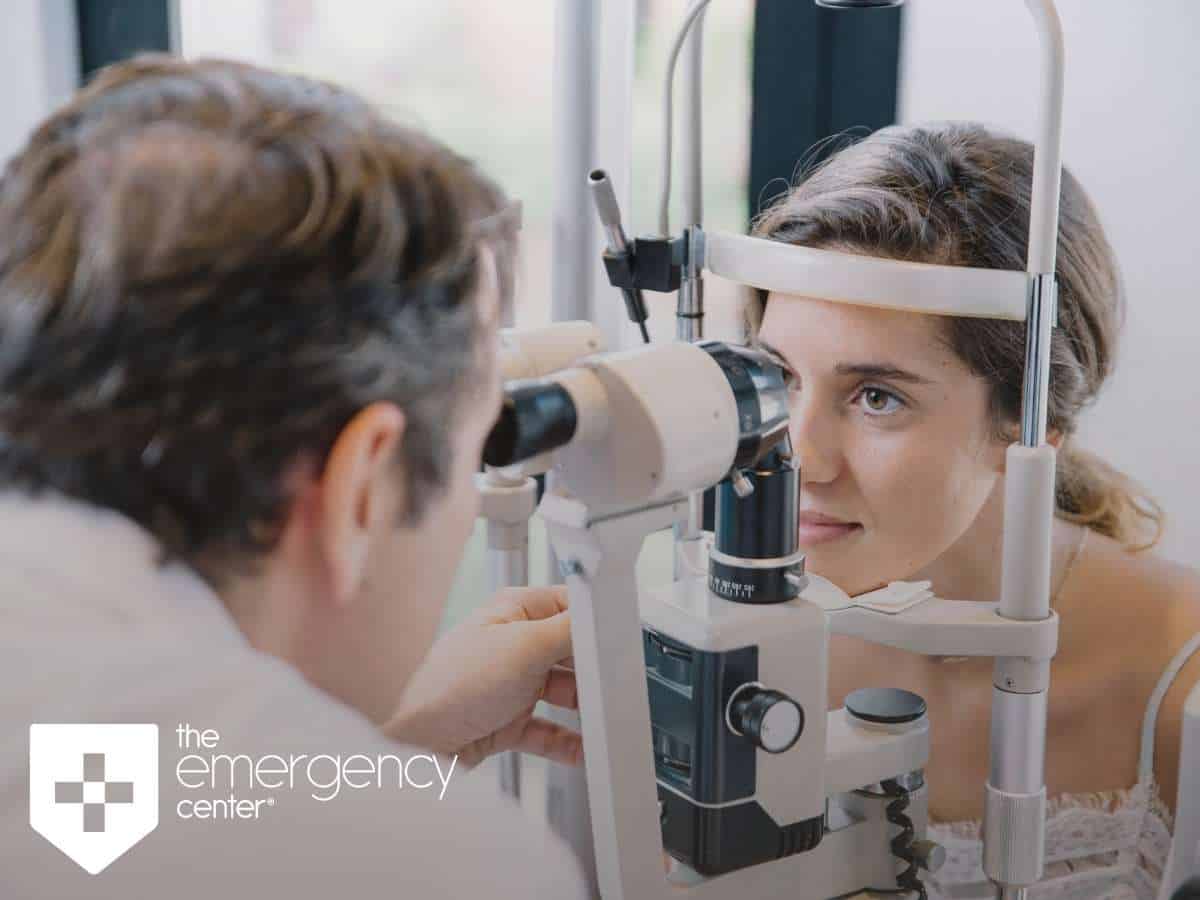‘You’ll put your eye out, kid.’
From an early age, most Americans are warned about the potential dangers that any number of activities—from running with scissors to shooting a BB gun—pose to their eyes. This early focus on preventing eye injuries makes sense, though. Broken bones can be set to fully heal, and cuts can be stitched up. However, injuries to the eye aren’t always as fixable, even with the miracles of modern medicine.
That makes preventing eye injuries and getting any potential injury cared for fast all the more important.

October is Eye Injury Prevention Month, as well as a month packed with Halloween activities, which can present hidden risks to the eyes. Costumes requiring novelty contact lenses or make-up near the eyes can cause irritation or even lead to eye damage, especially since these items are often made from lower quality materials than similar products designed for everyday use.
Meanwhile, costumes with funny footwear or that drag on the ground or impact line-of-sight also can contribute to a leading cause of serious eye injuries nationally: falls. While falls are typically associated with orthopedic injuries, one reputable study found that eye injuries caused by falls accounted for more than 8,400 hospitalizations over a 10-year period.
Other common causes of eye injury include:
According to the American Academy of Ophthalmology, up to 90 percent of the 1 million-plus eye injuries that occur each year in the U.S. can be prevented just by wearing eye protection like goggles or safety glasses when appropriate.
Wear eye protection when using cleaning chemicals, especially those containing bleach. When cooking anything that may splatter, use a grease shield.
Eye protection is essential when mowing, edging or using just about any power tool as small debris from the yard or a project can easily get kicked up into the face.
Reputable employers in industries where eye injuries are possible (construction, industrial plants, certain manufacturers etc.) should have policies surrounding eye protection requirements and provide the appropriate equipment for employees, which should always be worn as directed.
Taking a wait-and-see approach is not the right one for potential eye injuries, as they often grow worse over time. A slow, unrecognized bleed or increase in eye pressure can lead to permanent damage.
In the immediate aftermath of an eye injury, what you don’t do is critical. Do not:
Other than a small scratch or getting dust or sand in the eye—which our eyes are conditioned to flush out naturally—any type of eye injury should be promptly treated by professionals. These symptoms should be followed up on immediately at The Emergency Center.
Getting your eye emergency taken care of quickly at The Emergency Center can mean the difference between a temporary inconvenience and a lifelong disability.
The Emergency Center
San Antonio
11320 Alamo Ranch Pkwy
San Antonio, TX 78253
Phone: 210-485-3644
Conroe
4019 I-45 N,
Conroe, Texas 77304
Phone: 936-247-9457
Is your nausea more than just an upset stomach? Learn about the causes of nausea…
Experiencing numbness or tingling? Discover the causes and know when to seek emergency care for…
Experiencing abdominal pain? Learn what it could mean by location and when to visit the…
Is your skin redness a sign of something serious? Learn about different types of skin…
Why are ER wait times so long? An emergency room physician explains key delays and…
Are you aware of the dangers of carbon monoxide? Learn prevention tips, symptoms, and how…